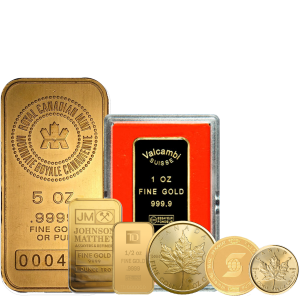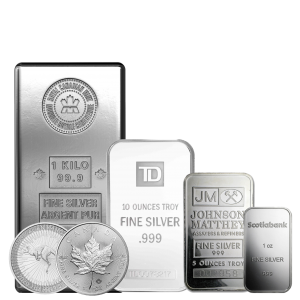

Lincoln Cent (Wheat Reverse) (1909 - 1958)


Image Courtesy of Professional Coin Grading Service (PCGS.com)
Lincoln Cent (Wheat Reverse) (1909 - 1958)
Many collectors began their numismatic careers with Wheat Ear Lincoln cents, which were the first coins they collected. "Wheaties" are easy to find and economical to buy while they are being sold. This penny was made by the United States Mint from 1909 to 1958, and it is valued by both collectors and anyone interested in history. This coin, which is important both historically and artistically, was made to celebrate the 100th anniversary of President Abraham Lincoln's birth.
The Wheat Reverse Design
- • An image of Abraham Lincoln looking to the right is on the front side of the coin. It is based on an image that Mathew Brady took in 1864.
- • The reverse side features the words "E PLURIBUS UNUM" etched over the phrases "ONE CENT" and "UNITED STATES OF AMERICA," which are framed by two stylized ears of wheat. Due to this design, it became known as the "Wheat Penny" or "Wheat Cent."
Significant Dates and Categories
The Lincoln Wheat Cent had several important alterations and noteworthy dates over its 50-year manufacturing cycle, all of which are of considerable interest to collectors:
- • 1909-S VDB: This was the first coin produced at the San Francisco Mint, and Brenner's initials are shown prominently on it. This Wheat Cent is one of the most sought-after coins.
- • 1914-D: A rare coin produced by the Denver Mint that is worth a lot due to its low mintage.
- • 1922 No D: This type is the result of worn dies, which means that the Denver Mint mark is not present.
- • 1955 Doubled Die Obverse: This error coin is worth a lot of money since it has a date and inscriptions that are significantly doubled.
- • 1943 Steel Cents: Because copper was needed for military use during World War II, pennies were produced of zinc-coated steel at that time. These coins are made of copper; however, they are different from ordinary copper coins in a unique way.
Composition and Production
The Wheat Cent was primarily composed of an alloy that consisted of 95% copper and 5% tin and zinc. On the other side, the reason steel pennies were produced in 1943 was because there was a shortage of materials during World War II. In 1944, copper pennies were made from used shell casings, which gives these coins a special historical connection to the war effort.
About Coin Grading
If you have a Lincoln Wheat Penny that is in excellent condition and you are uncertain about how it would be graded, it could be a good idea to submit your coin to NGC or PCGS so that an expert can evaluate it. Coin grading companies are familiar with the market and can give you a reliable estimate of the value of your Lincoln Wheat Penny.








